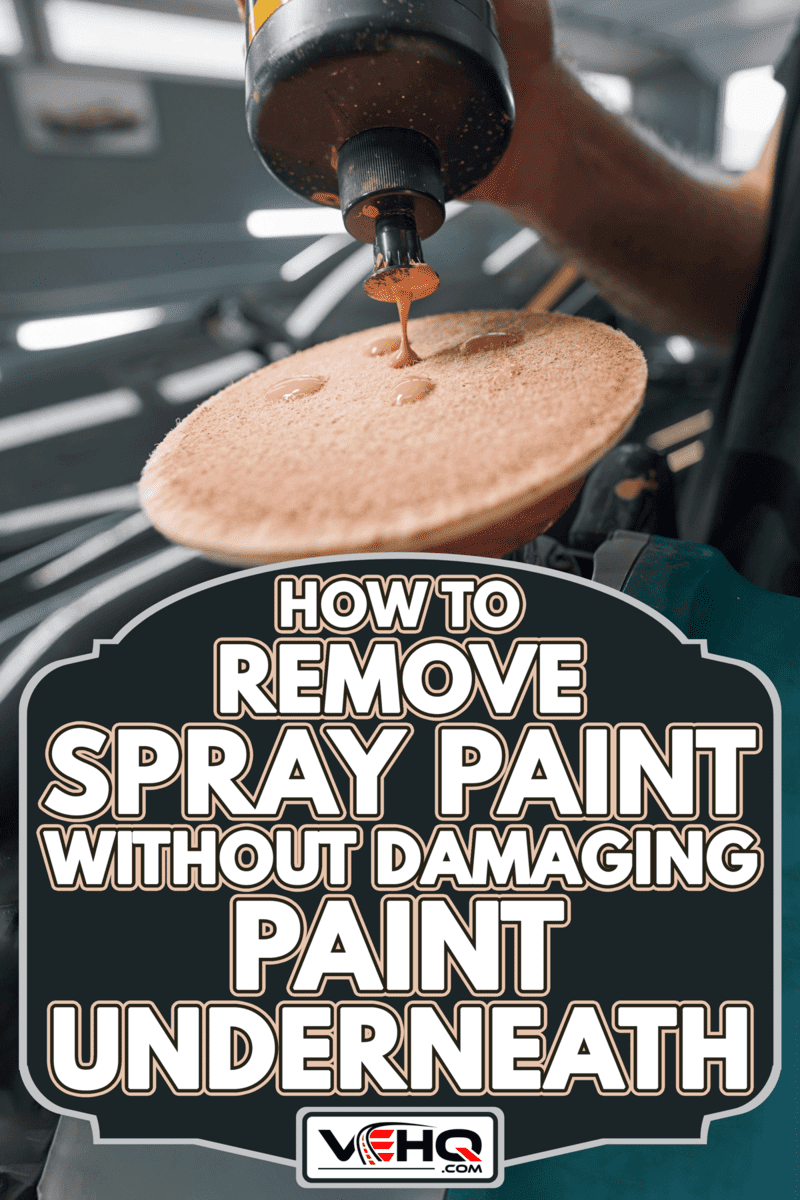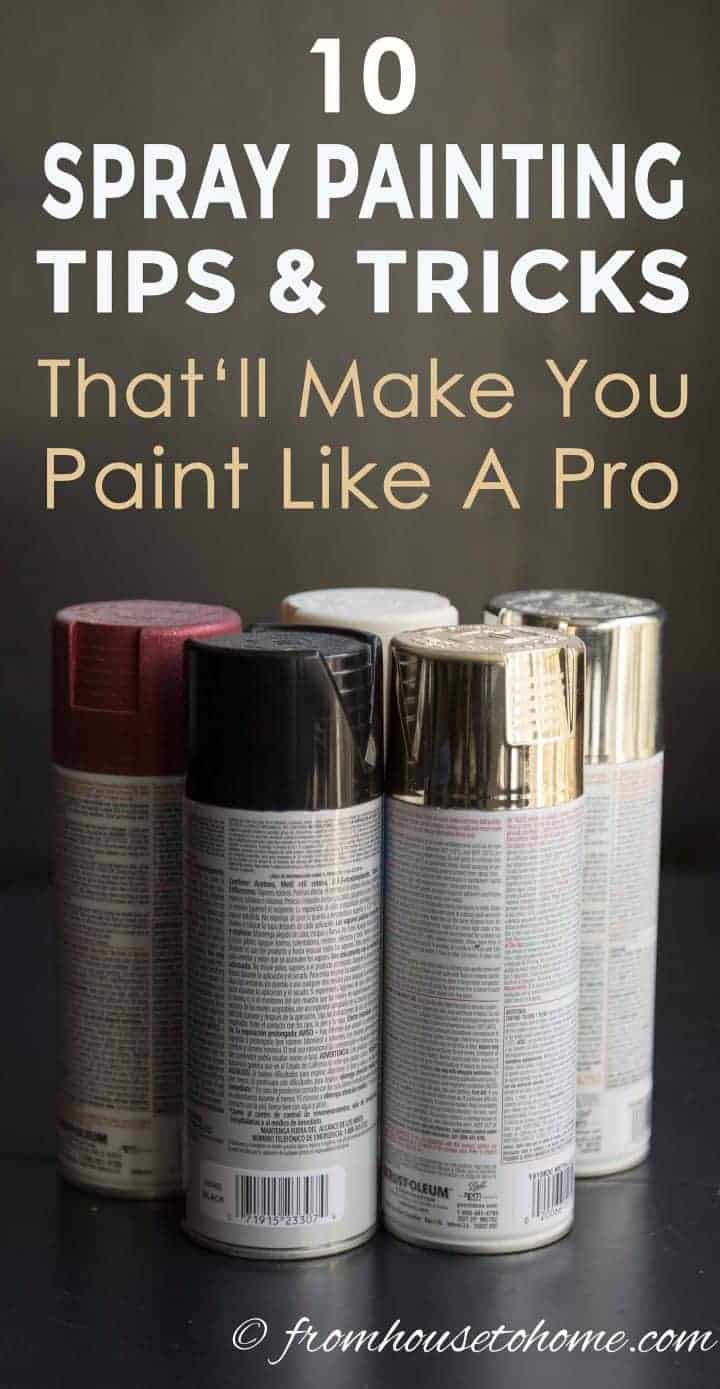Spray painting can be a rewarding hobby or task, but it can also be frustrating when things go wrong. Whether you’re a seasoned pro or a novice experimenter, mistakes are an inevitable part of the process. This comprehensive guide will arm you with the knowledge and techniques to tackle those dreaded spray paint mishaps.

Image: vehq.com
Before we dive into the rescue missions, let’s lay a foundation for understanding the complexities of spray paint and the potential pitfalls it presents.
Decoding Spray Paint and Error Prevention
Spray paint is a versatile coating material propelled through a nozzle using compressed gas. Its popularity stems from its ease of application, swift drying time, and remarkable finish. However, mastering this tool requires understanding its quirks and anticipating potential errors.
Common spray paint mistakes include runs, drips, uneven coverage, and nozzle clogging. These mishaps can be attributed to various factors such as incorrect distance from the surface, excessive application, unsuitable environmental conditions, or faulty equipment.
Conquering Spray Paint Mishaps: Step-by-Step Tactics
Now, let’s embark on a mission to salvage your spray paint projects:
1. Fix Runs and Drips:
Runs and drips occur when excess paint accumulates on the surface. To correct this, gently dab away the excess with a clean rag, being careful not to spread the paint further. Once the surface is smooth, allow it to dry thoroughly before reapplying paint in light, even strokes.

Image: www.fromhousetohome.com
2. Tackle Uneven Coverage:
Uneven coverage results from inconsistent application or poor surface preparation. To remedy this, lightly sand the affected area with fine-grit sandpaper to smooth out the surface. Clean the area thoroughly before respraying with a gentle, even hand.
3. Unclog a Spray Nozzle:
A clogged nozzle can disrupt your spraying rhythm. To unclog it, remove the nozzle and soak it in warm water or solvent for several minutes. Use a soft brush or wire to gently remove any dried paint or debris. Rinse the nozzle thoroughly and reattach it.
4. Remove Overspray:
Overspray refers to unwanted paint droplets that land outside the intended area. To remove it, let the paint dry completely. Then, gently scrape off the excess with a razor blade or sanding sponge. Be cautious not to scratch the underlying surface.
Expert Tips for Enhanced Spray Painting
In addition to addressing mishaps, here are some expert tips to enhance your spray painting experience:
- Practice on a scrap surface before tackling your project.
- Use light, even strokes, and maintain a consistent distance from the surface.
- Apply multiple thin coats instead of one thick coat to avoid runs and drips.
- Allow ample drying time between coats.
- Clean your spray gun thoroughly after use to prevent clogging.
FAQ: Quenching Your Spray Paint Queries
- Q: Can I spray paint over existing paint?
- A: Yes, but ensure the surface is clean, dry, and free of any loose paint.
- Q: What is the best way to protect my project from overspray?
- A: Use masking tape or plastic sheeting to cover areas you don’t want painted.
- Q: How do I achieve a smooth finish with spray paint?
- A: Lightly sand the surface between coats and use light, even strokes.
How To Fix Spray Paint Mistakes
Conclusion
Armed with the knowledge and techniques outlined in this guide, you’re well-equipped to conquer spray paint mishaps and elevate your projects to the next level. Remember, practice makes perfect. So, grab your spray can with confidence and transform your creative visions into reality.
Are you ready to conquer the world of spray paint with these newfound skills? Share your thoughts and experiences in the comments below!